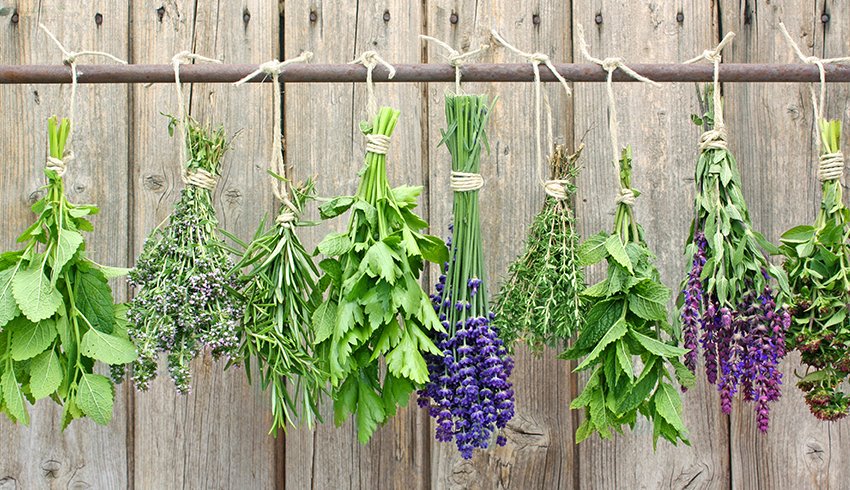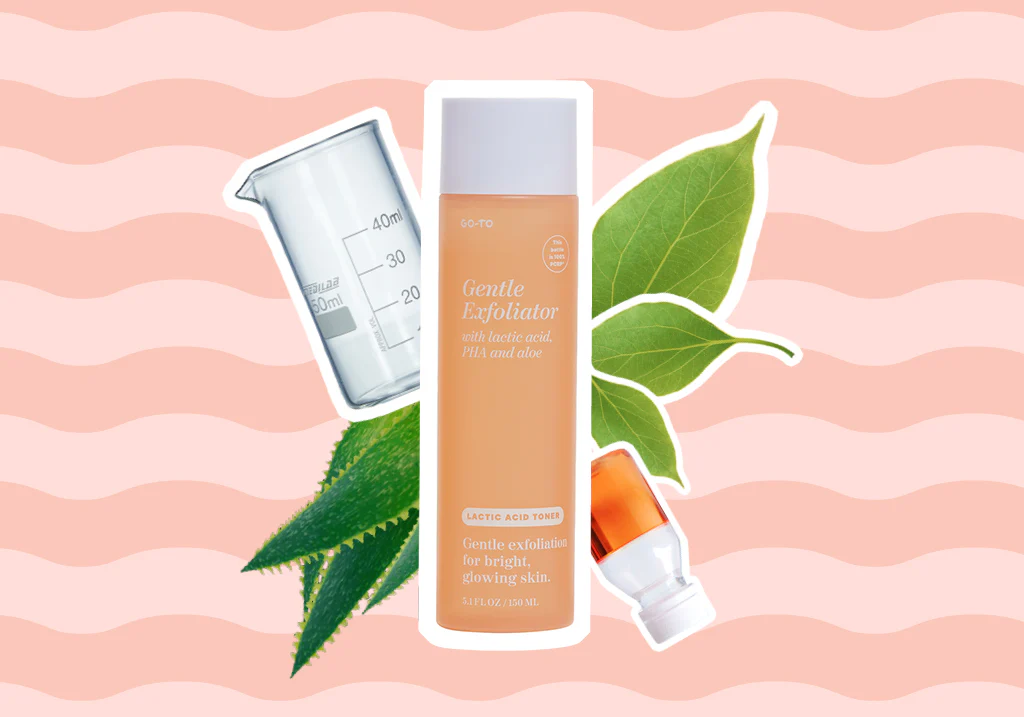
In the quest for radiant and healthy skin, many turn to synthetic products that promise quick fixes but often come with side effects. What if the solution lies in nature, hidden within the folds of time-tested herbal remedies? Herbs for healthy skin have been used across cultures for centuries, offering not only a natural approach to skincare but also benefits that extend beyond aesthetics. These botanical wonders, including chamomile, calendula, and neem, bring to light the incredible potential of nature’s pharmacy in promoting skin healing and overall vitality.
Herbs are more than mere plants; they embody a synergy of nutrients, antioxidants, and active compounds that work in harmony with the body. Unlike chemical-laden products, herbal solutions provide a holistic approach, addressing underlying causes of skin issues rather than masking symptoms. This integration of traditional medicine with modern skincare offers a sustainable, effective way to achieve glowing skin.
Whether you are dealing with acne, dryness, eczema, or simply aiming for a vibrant complexion, the right herbs can be transformative. In this article, we delve into the benefits of chamomile, calendula, and neem, exploring their historical significance, scientific basis, and practical applications in achieving healthier skin. By embracing these natural remedies, you not only nurture your skin but also align with a more mindful and eco-friendly approach to wellness.
The Power of Chamomile: Soothing and Anti-inflammatory
Historical Roots and Modern Usage
Chamomile, often dubbed the “doctor of herbs,” has a rich history in skincare. Ancient Egyptians revered it as a cure-all, while Greek and Roman cultures utilized it for its calming effects. Today, chamomile is celebrated for its anti-inflammatory, antimicrobial, and antioxidant properties, making it a cornerstone in natural skincare.
Benefits for Skin Health
- Reduces Inflammation: Chamomile’s active compounds, such as apigenin and bisabolol, are known for their soothing effects, particularly on sensitive or inflamed skin.
- Heals Wounds: Its antibacterial properties aid in the healing of minor cuts, acne, and rashes, promoting faster recovery.
- Hydrates and Softens: Chamomile helps retain skin moisture, providing relief to dry, irritated skin.
Practical Applications
- Chamomile Tea Compress: Brew chamomile tea, let it cool, and apply as a compress to calm redness or irritation.
- DIY Chamomile Face Mask: Mix chamomile powder with honey and yogurt for a nourishing mask.
- Chamomile Oil: Infuse chamomile flowers in carrier oil for a soothing massage oil.
Calendula: The Skin’s Best Friend
A Heritage of Healing
Calendula, also known as marigold, has been a trusted remedy in traditional medicine for its remarkable skin benefits. Used in Ayurvedic and European traditions, calendula is famous for its ability to heal wounds and soothe inflamed skin.
Key Benefits
- Promotes Wound Healing: Rich in flavonoids and saponins, calendula stimulates tissue repair and enhances collagen production.
- Fights Bacteria: Its antibacterial properties make it an excellent remedy for acne and minor infections.
- Protects Against UV Damage: Calendula is loaded with carotenoids and antioxidants that shield the skin from environmental stressors.
Usage Tips
| Method | How to Use |
|---|---|
| Calendula Cream | Apply directly to burns, cuts, or dry patches for instant relief. |
| Calendula Oil | Use as a daily moisturizer or add a few drops to your lotion for enhanced hydration. |
| Calendula Tea | Brew calendula flowers and use the cooled tea as a toner or facial rinse. |
Calendula’s gentle nature makes it suitable for all skin types, including sensitive and baby skin. Its regular use can result in a smoother, more resilient complexion.
Neem: Nature’s Purifier
Ancient Roots in Ayurveda
Neem holds a legendary status in Ayurvedic medicine as a powerful detoxifier and healer. Known as “Sarva Roga Nivarini” (the universal healer of all ailments), neem has been a staple in treating skin conditions ranging from acne to fungal infections.
Benefits for Skin Health
- Clears Acne: Neem’s antibacterial and antifungal properties combat acne-causing bacteria and reduce blemishes.
- Balances Oil Production: It regulates sebum, making it ideal for oily or combination skin.
- Fights Aging: Neem’s high vitamin E content and antioxidants combat free radicals, slowing down signs of aging.
- Treats Eczema and Psoriasis: Its anti-inflammatory and moisturizing properties relieve symptoms of chronic skin conditions.
Ways to Use Neem
- Neem Face Wash: Use neem-based cleansers to prevent breakouts and purify the skin.
- Neem Paste: Mix neem powder with water or aloe vera to create a spot treatment for acne.
- Neem Oil: Apply diluted neem oil directly to affected areas for deeper healing.
Neem’s versatility and potency make it a must-have in any natural skincare regimen.
Comparing Chamomile, Calendula, and Neem
| Herb | Primary Benefit | Skin Type Suitability | Common Applications |
|---|---|---|---|
| Chamomile | Soothing and anti-inflammatory | Sensitive, irritated skin | Teas, compresses, oils |
| Calendula | Wound healing and hydration | All skin types | Creams, oils, teas |
| Neem | Purifying and antibacterial | Oily, acne-prone skin | Oils, face washes, pastes |
Benefits of Using Herbal Skincare
Holistic Healing
Herbal skincare treats the root causes of issues rather than masking symptoms, ensuring long-term benefits. Chamomile, calendula, and neem not only improve the skin but also support overall health.
Safe and Eco-Friendly
Unlike synthetic products, herbs are biodegradable and sustainable, aligning with an environmentally conscious lifestyle.
Affordable and Accessible
Herbs are widely available and often cost-effective, making them accessible to a broader audience.
How to Incorporate Herbs into Your Routine
- Start Small: Test individual herbs on a small patch of skin to ensure compatibility.
- DIY Recipes: Experiment with homemade masks, oils, and teas for customized care.
- Combine with Modern Skincare: Use herbal products alongside your usual routine to enhance results.
By incorporating chamomile, calendula, and neem into your skincare regimen, you unlock the potential of nature to nurture and rejuvenate your skin.
Conclusion
The journey to healthy, glowing skin does not have to be paved with synthetic chemicals. Embracing herbs for healthy skin, such as chamomile, calendula, and neem, offers a sustainable, effective, and holistic approach to skincare. These time-honored botanicals have stood the test of time, proving their worth in both ancient traditions and modern practices.
From soothing inflammation with chamomile to accelerating healing with calendula and purifying the skin with neem, these herbs cater to diverse skin needs. They go beyond surface-level benefits, addressing root causes and supporting the skin’s natural ability to heal and rejuvenate.
As you incorporate these herbs into your daily routine, you align yourself with a mindful, eco-friendly lifestyle that values both personal wellness and the planet. With their myriad benefits and accessibility, chamomile, calendula, and neem are nature’s gift to your skin—offering radiance, resilience, and a renewed sense of confidence. Make the switch to herbal skincare today and rediscover the timeless beauty of natural medicine.
















